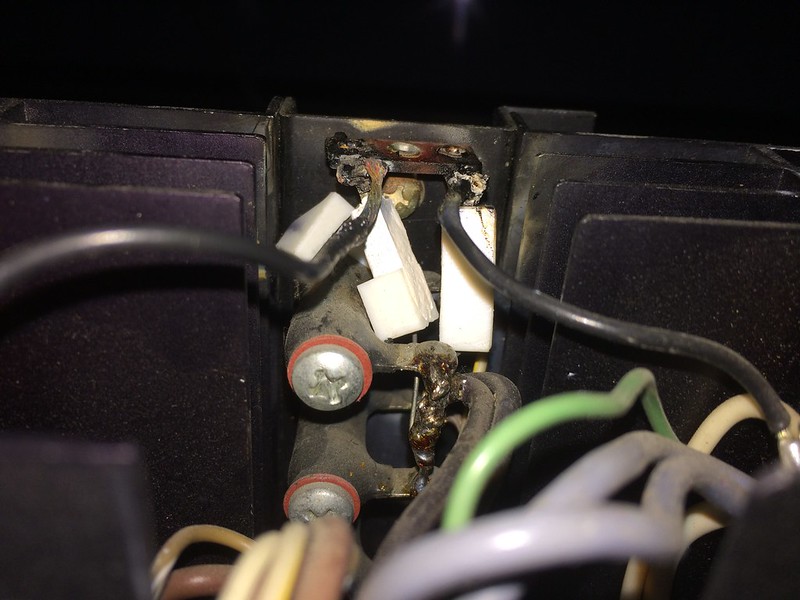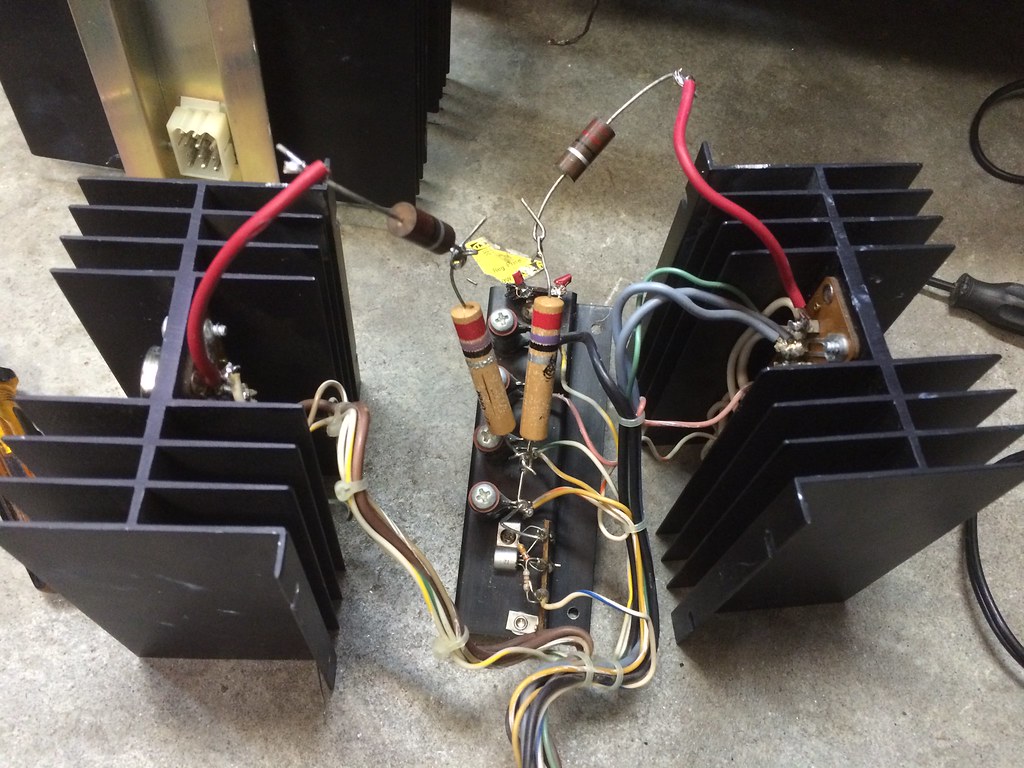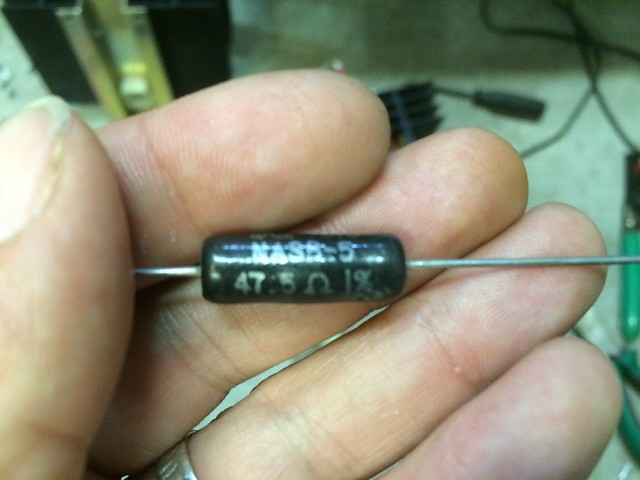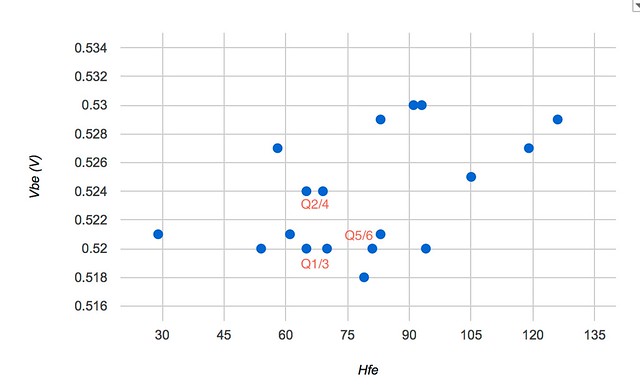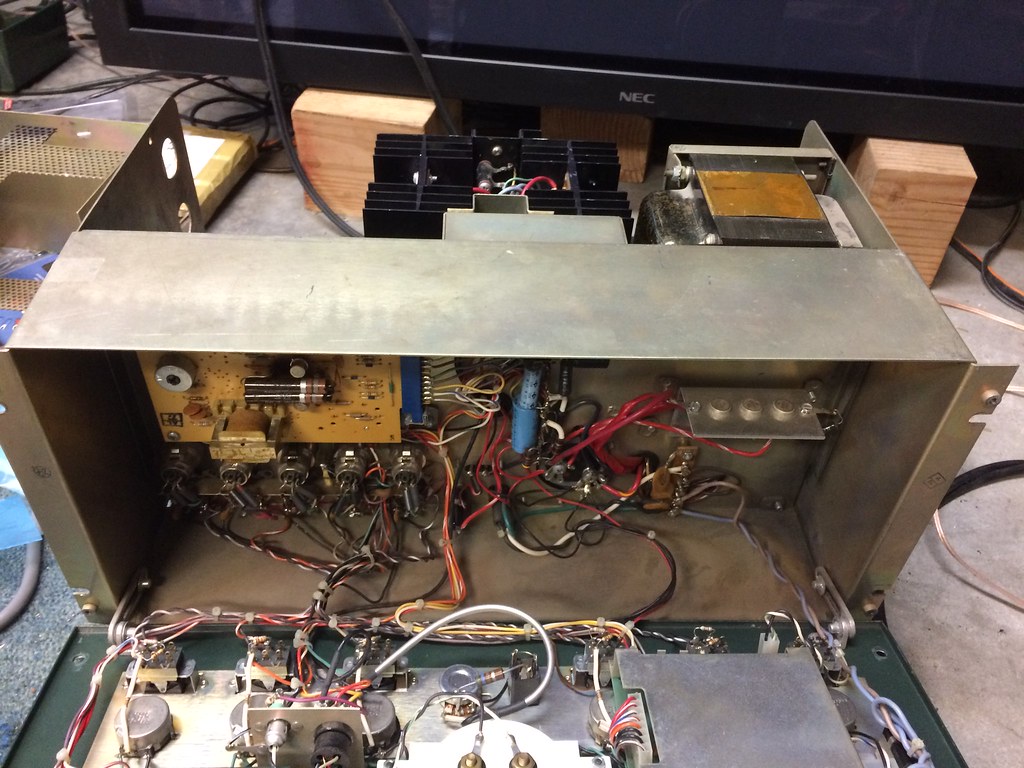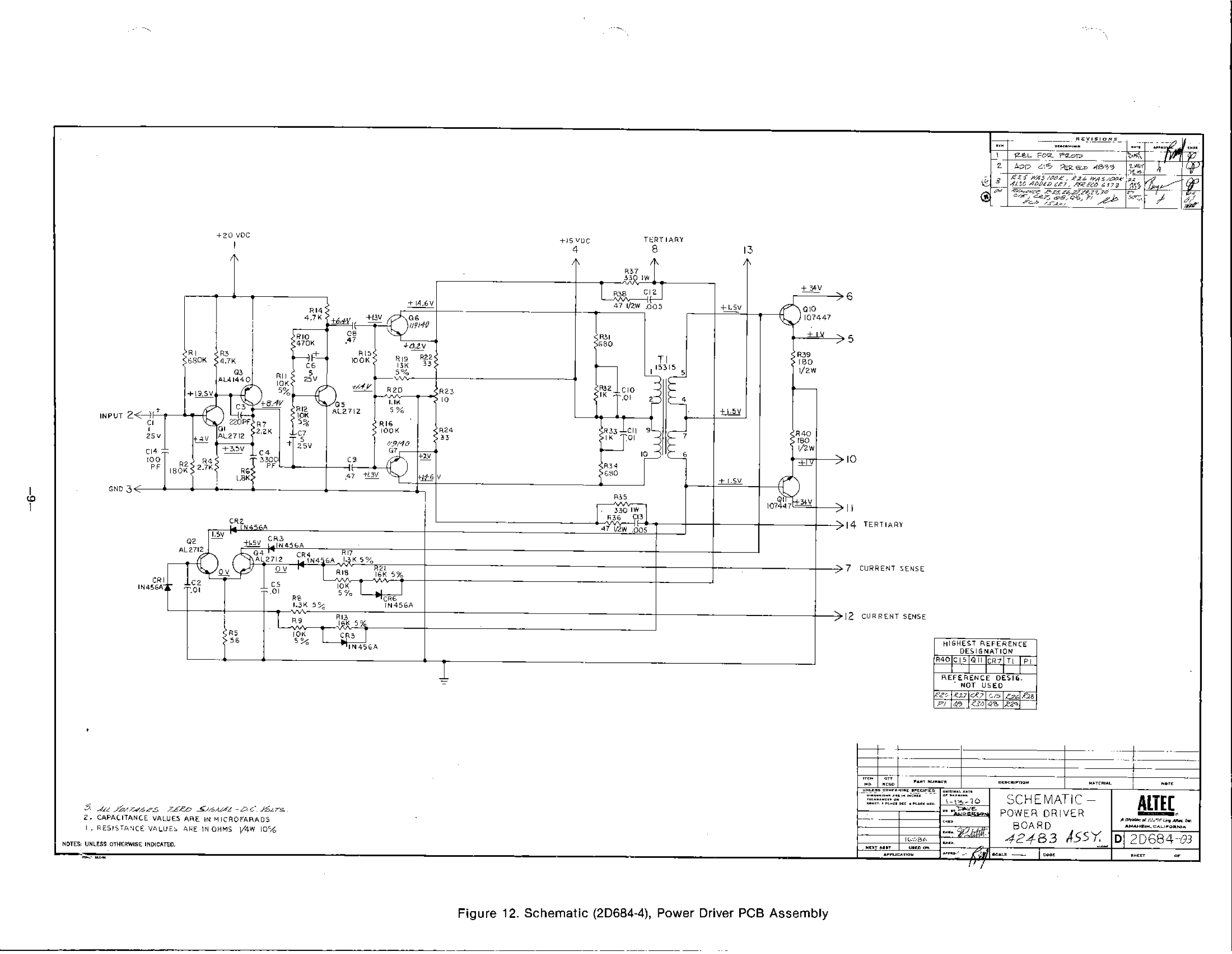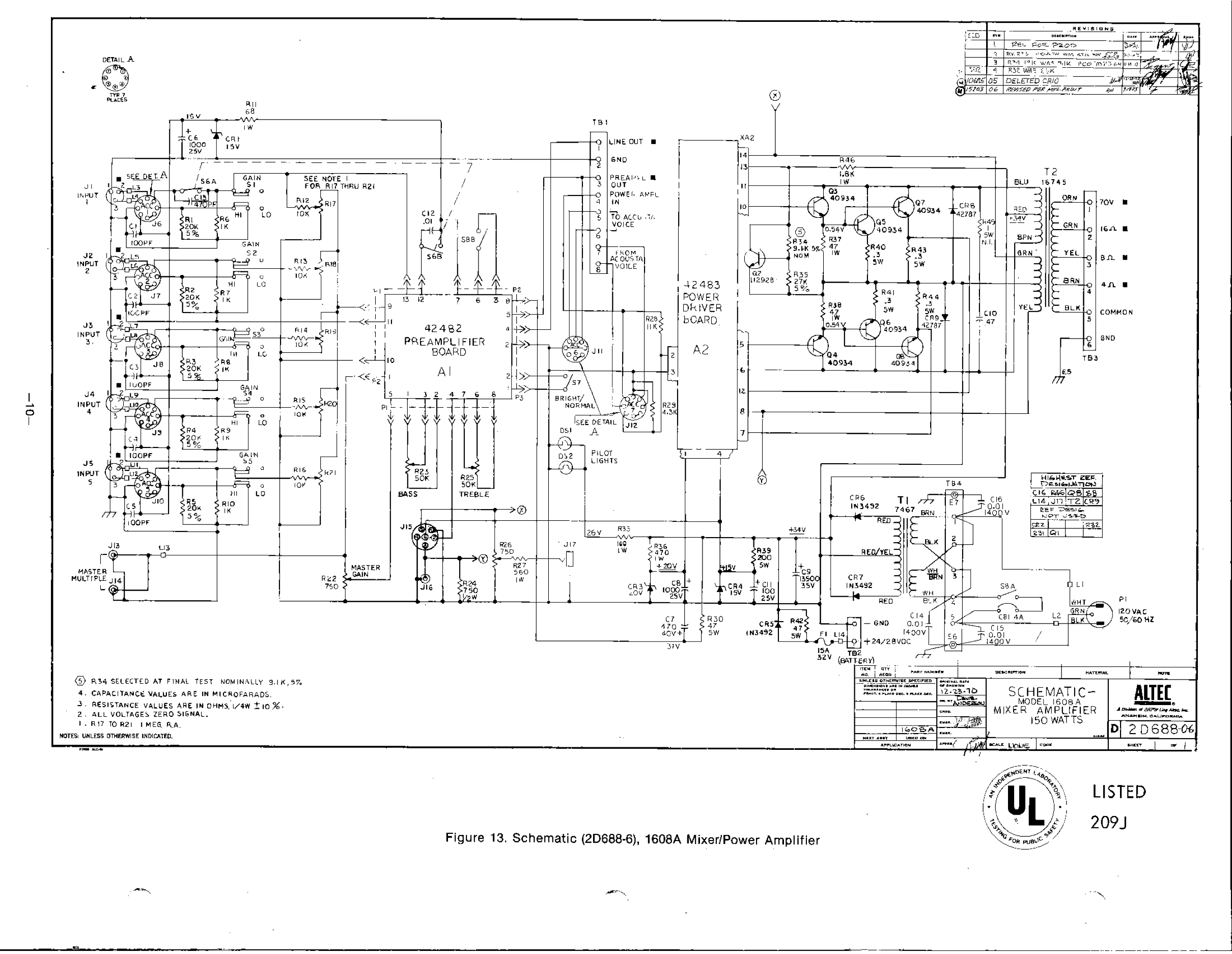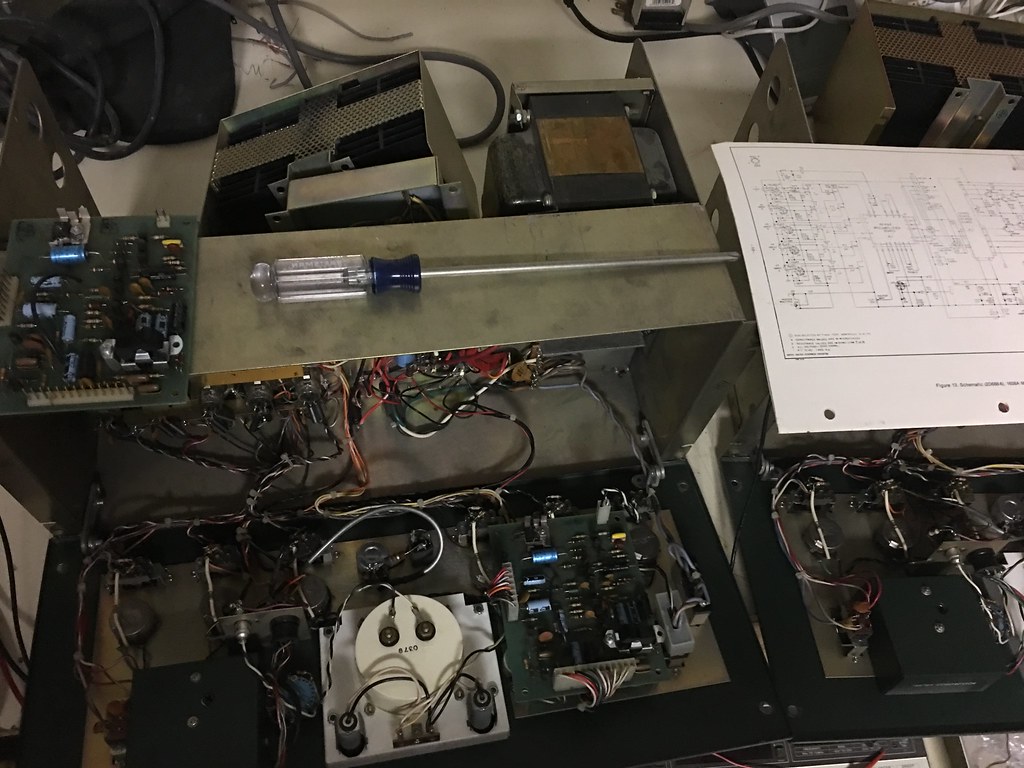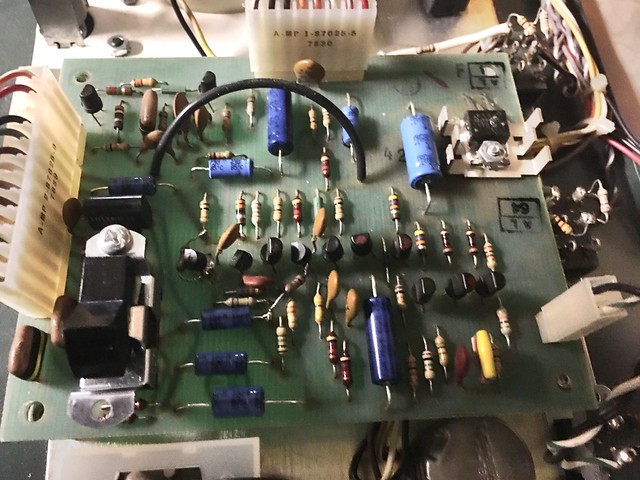miscrms00
Active Member
So, getting to the next step in my quest to build my budget monstrosity:
http://www.audiokarma.org/forums/in...nster-system-on-a-budget.677257/#post-9101443
Another part of my vintage theater haul:
http://www.audiokarma.org/forums/index.php?threads/intro-jbl-altec-what-have-i-done.669369/
was this set of green front Altec mixers:
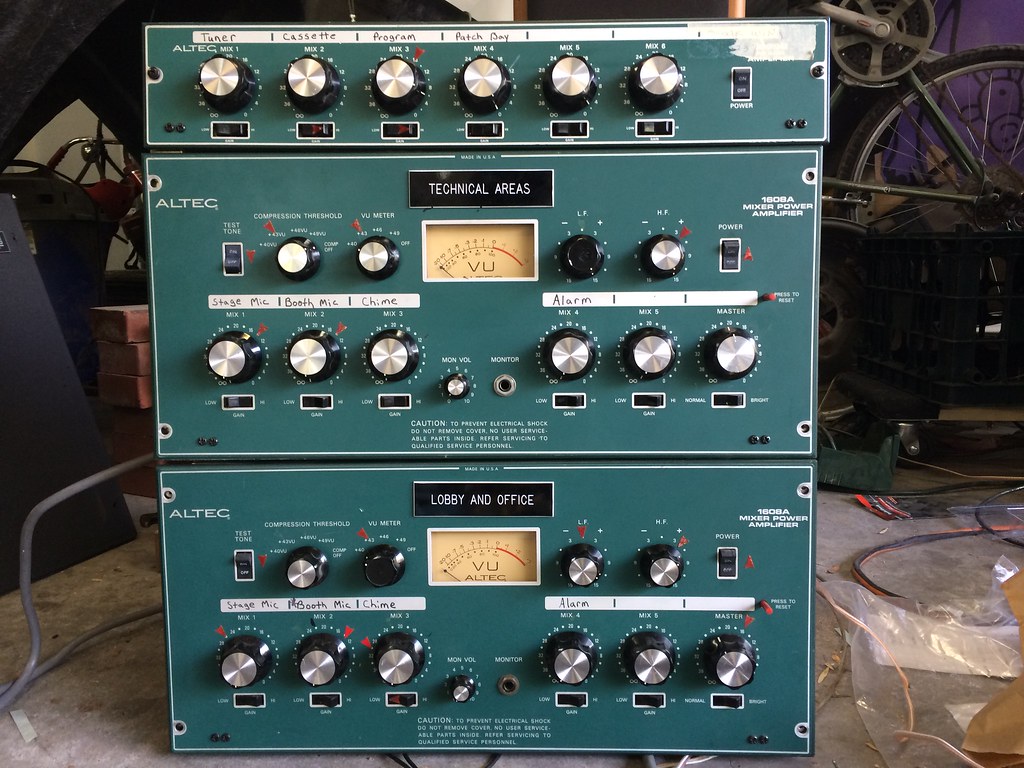
I honestly hadn't even really looked at them until I went to test them today to post on CL. Although they looked cool, I really didn't figure they would be of much use. Then I realized that they each have a 150W SS amp built in, and the one that's working sounded surprisingly good! I'm starting to wonder if I should try to save them and use them to drive my surrounds. I've still listed them on CL, if I can get enough for them from someone who wants the pre's and compressors for recording, or for a guitar amp or something I'll probably just use the proceeds to buy another vintage amp for the rears and center (was originally thinking about the JBL 6200 series, now starting to wonder about Altec 1594B or similar).
Anyway, one seems to be in good working order, the other seems to have some issues. It will pass quiet, distorted audio when powered up, but there are definite signs of trouble. First I noticed this burn mark on the back near the heatsink, and figured there might be a blown output transitor:
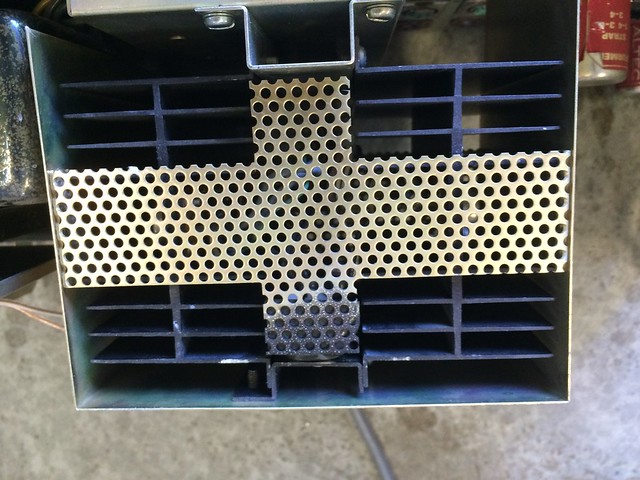
Then I removed the cover and found the transistors all look clean, its perhaps a bad connector or resistor?
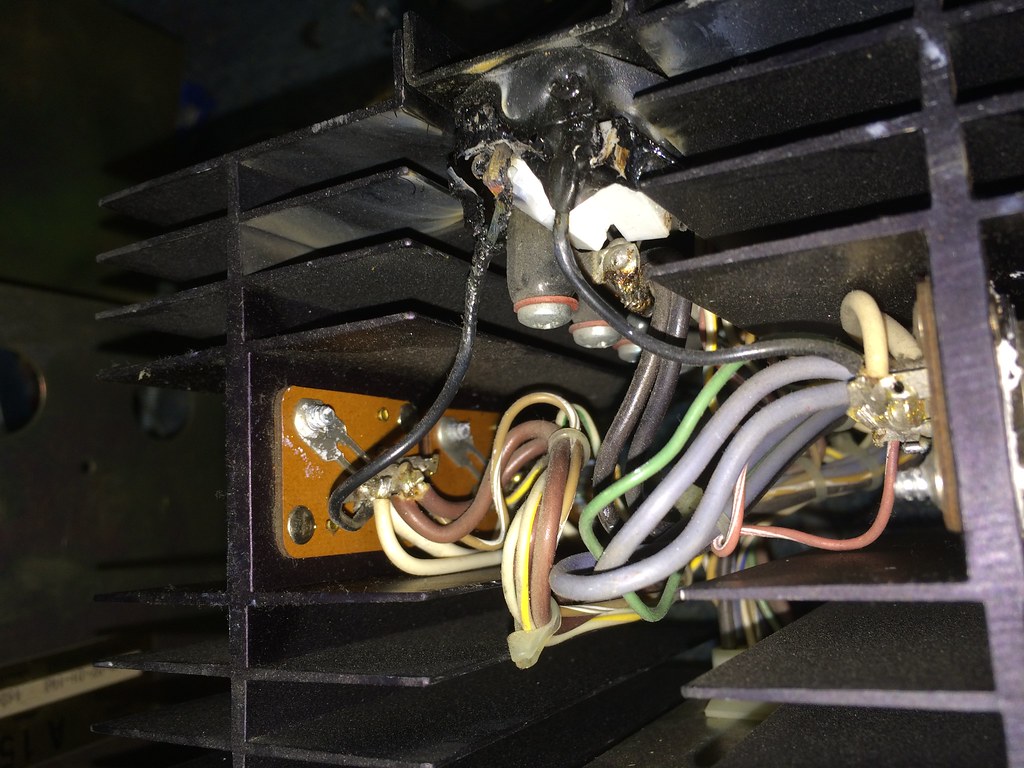
It almost looks like it had been shorting to the cage, and someone had covered it in electrical tape as a temp fix that eventually failed?
Next I found that the output devices (or at least their resistors?) on the driver card looked pretty toasty:
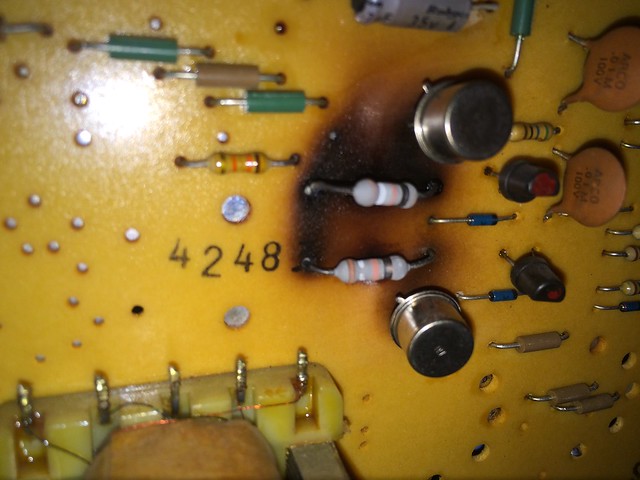
The resistors and transistors themselves actually look clean, its only the board that's blackened which I assume indicates way too much current was passed through those traces at one point. One of the resistor leads is broken though where it goes into the board. I'm guessing at some point there was a problem with the wiring out at the power device end resulting in a short that seriously stressed the driver output stage.
Unfortunately there don't seem to be any schematics out there that I can find. Of course I do at least have a good 1608A to compare it too. I did notice that the 1594B seems to use the same driver card, but clearly with some differences in population / wiring. This version is missing the extra pots for the "Q balance" for example (though you can see the mounting locations for them), so I assume the bias is simpler on the 1608A if nothing else?
Here's the 1608A driver card (marked 41830-14 on back):
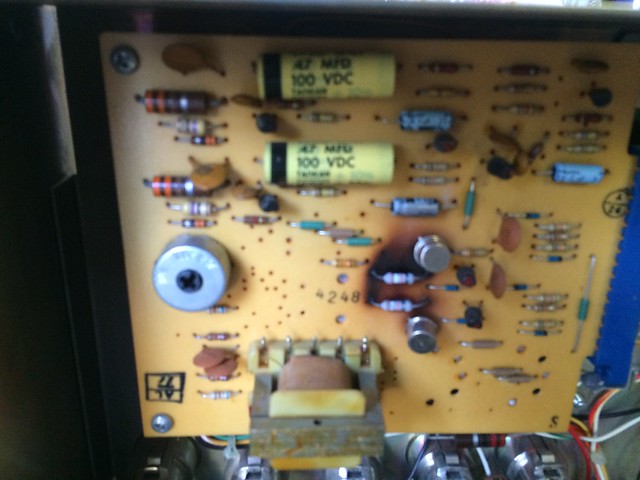
And here's an internet image that includes the 1594B driver card:

The transitors also seem to be different (which may be due to 150W vs. 100W on the 1594B?), with the driver output devices on the 1594B being listed as 2N5320, while the 1608A are 2N3440, and the output devices on the 1594B are listed as 2N6254 vs. 2N3055.
Power supply reads 34.6V, seems clean. 1594B and 1590B both show 31V supplies.
So what do you think? Can she be saved?
Rob
http://www.audiokarma.org/forums/in...nster-system-on-a-budget.677257/#post-9101443
Another part of my vintage theater haul:
http://www.audiokarma.org/forums/index.php?threads/intro-jbl-altec-what-have-i-done.669369/
was this set of green front Altec mixers:

I honestly hadn't even really looked at them until I went to test them today to post on CL. Although they looked cool, I really didn't figure they would be of much use. Then I realized that they each have a 150W SS amp built in, and the one that's working sounded surprisingly good! I'm starting to wonder if I should try to save them and use them to drive my surrounds. I've still listed them on CL, if I can get enough for them from someone who wants the pre's and compressors for recording, or for a guitar amp or something I'll probably just use the proceeds to buy another vintage amp for the rears and center (was originally thinking about the JBL 6200 series, now starting to wonder about Altec 1594B or similar).
Anyway, one seems to be in good working order, the other seems to have some issues. It will pass quiet, distorted audio when powered up, but there are definite signs of trouble. First I noticed this burn mark on the back near the heatsink, and figured there might be a blown output transitor:

Then I removed the cover and found the transistors all look clean, its perhaps a bad connector or resistor?

It almost looks like it had been shorting to the cage, and someone had covered it in electrical tape as a temp fix that eventually failed?
Next I found that the output devices (or at least their resistors?) on the driver card looked pretty toasty:

The resistors and transistors themselves actually look clean, its only the board that's blackened which I assume indicates way too much current was passed through those traces at one point. One of the resistor leads is broken though where it goes into the board. I'm guessing at some point there was a problem with the wiring out at the power device end resulting in a short that seriously stressed the driver output stage.
Unfortunately there don't seem to be any schematics out there that I can find. Of course I do at least have a good 1608A to compare it too. I did notice that the 1594B seems to use the same driver card, but clearly with some differences in population / wiring. This version is missing the extra pots for the "Q balance" for example (though you can see the mounting locations for them), so I assume the bias is simpler on the 1608A if nothing else?
Here's the 1608A driver card (marked 41830-14 on back):

And here's an internet image that includes the 1594B driver card:

The transitors also seem to be different (which may be due to 150W vs. 100W on the 1594B?), with the driver output devices on the 1594B being listed as 2N5320, while the 1608A are 2N3440, and the output devices on the 1594B are listed as 2N6254 vs. 2N3055.
Power supply reads 34.6V, seems clean. 1594B and 1590B both show 31V supplies.
So what do you think? Can she be saved?
Rob
Last edited:



